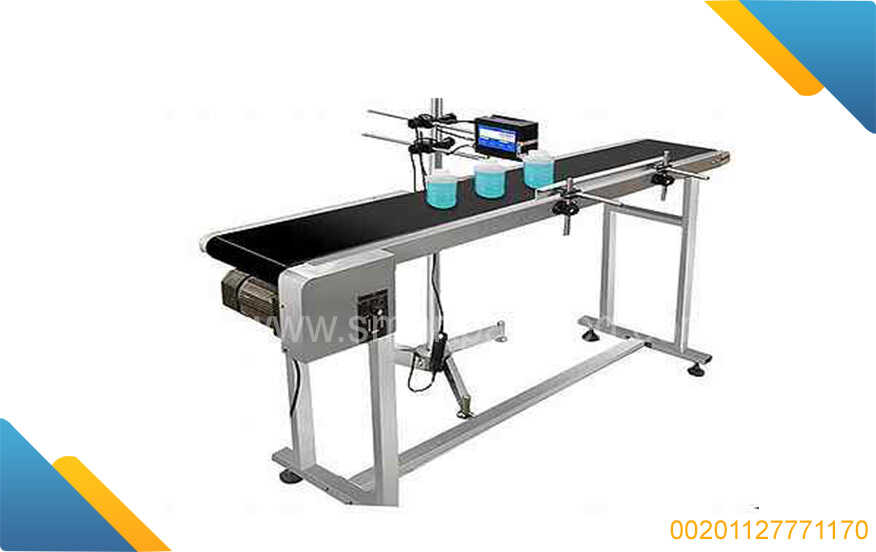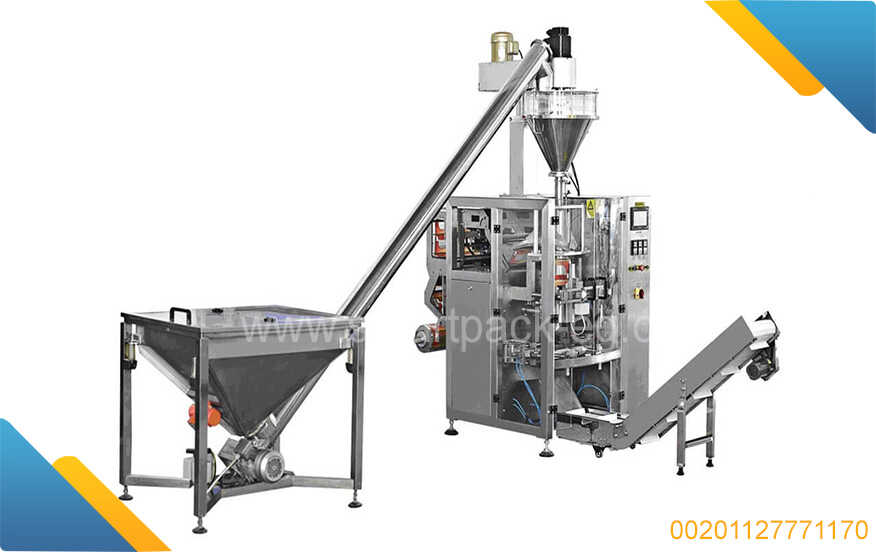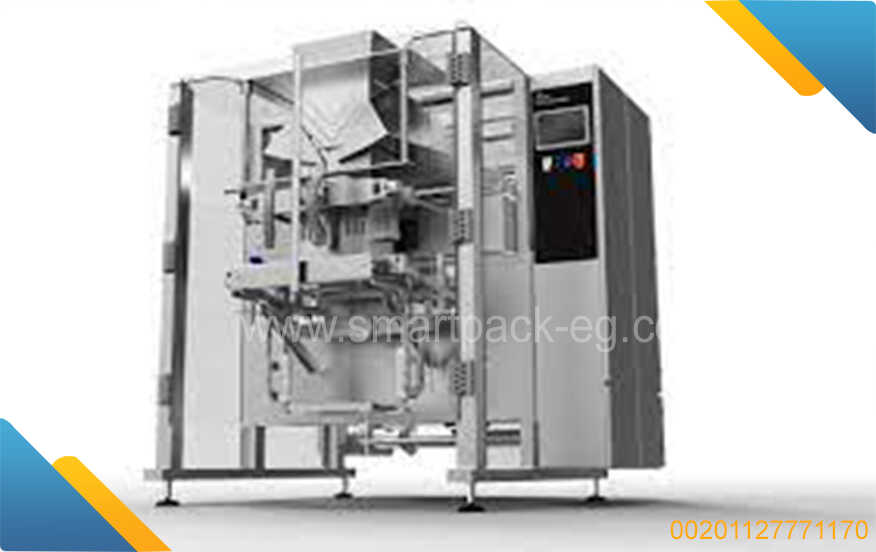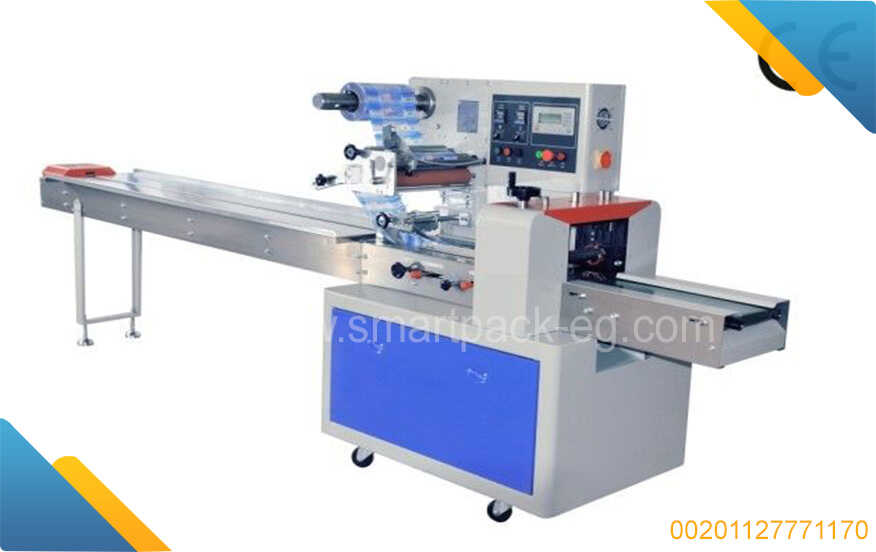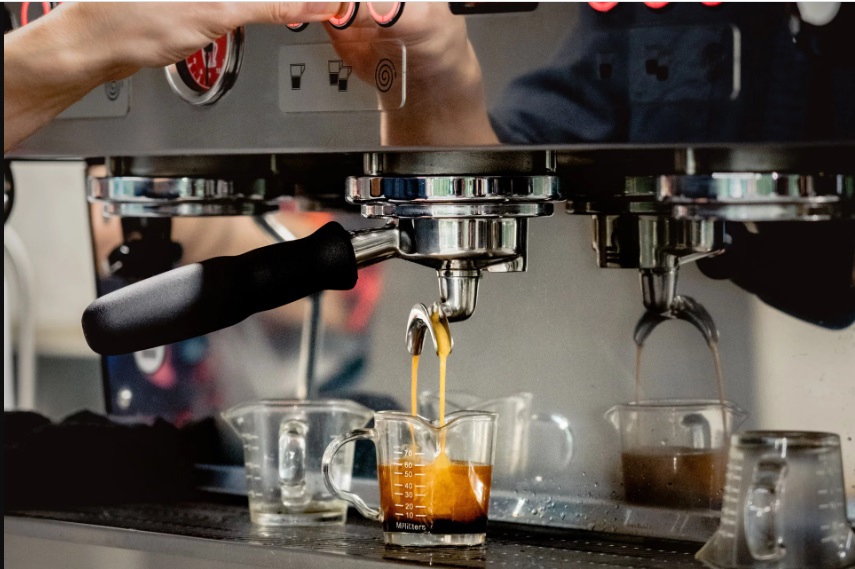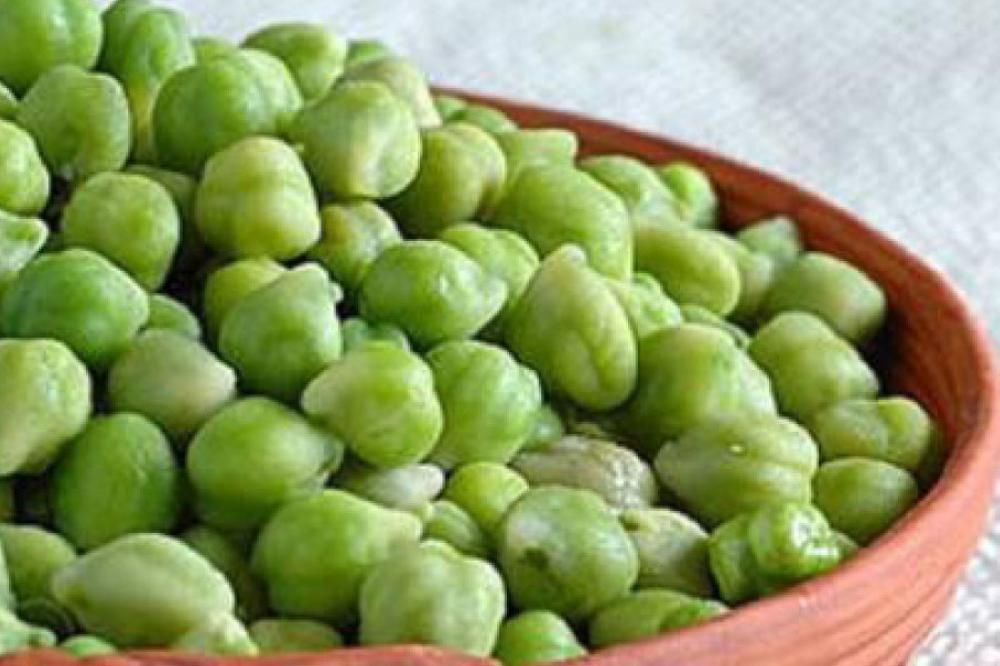Title: A Feasibility Study on Packaging Machines and Fig Jam Production Line in Egypt
Introduction:
In this guide, we will provide you with a step-by-step framework for conducting a feasibility study on packaging machines and establishing a fig jam production line in Egypt. A feasibility study is an essential tool that helps businesses determine the viability and potential success of a proposed project. By undertaking this study, you will gain valuable insights into the market, costs, resources, and operational requirements.
Step 1: Define the Project Scope
Begin by clearly defining the project scope. Determine the objectives, deliverables, and desired outcomes of the fig jam production line and the packaging machines. Identify both short-term and long-term goals, including target production capacity, market reach, and profitability targets.
Step 2: Conduct Market Research
Thorough market research is crucial to assess the demand and competition in the fig jam industry in Egypt. Gather data on consumer preferences, market size, trends, buying patterns, and growth potential. Identify key suppliers, potential customers, and competitors. Analyze their offerings, pricing strategies, distribution channels, and market share.
Step 3: Assess Legal and Regulatory Requirements
Ensure compliance with all legal and regulatory requirements governing food processing and packaging in Egypt. Obtain necessary permits, licenses, and certifications for food safety and quality standards. Research local laws regarding packaging materials used for food products to guarantee compliance.
Step 4: Determine Production Capacity
Estimate the required production capacity based on your market research findings and target sales volume. Consider factors such as seasonal availability of figs, storage requirements, demand fluctuations, and growth projections. This will help you decide on the appropriate size and capabilities of the production line and packaging machines.
Step 5: Evaluate Equipment Options
Research and evaluate packaging machine options suitable for fig jam production. Consider factors such as efficiency, speed, versatility, ease of use, maintenance requirements, and affordability. Compare different suppliers, their after-sales services, warranties, and customer support. Create a detailed comparison table to facilitate decision-making.
Step 6: Analyze Costs and Revenue
Calculate the overall investment required by considering various cost factors such as equipment purchase or leasing, facility renovation or construction, labor expenses, raw material costs, packaging materials, marketing expenses, and operating costs. Based on market research and pricing strategies, estimate the potential revenue and profit margins. Prepare a financial projection to assess the project's financial viability.
Step 7: Risk Assessment
Identify potential risks and challenges associated with establishing a fig jam production line in Egypt. Assess factors such as changing consumer preferences, price fluctuations of raw materials, competition, supply chain disruptions, and regulatory changes. Develop contingency plans to mitigate risks and ensure business continuity.
Step 8: Finalize Feasibility Report
Compile all the gathered data, findings, and analysis into a comprehensive feasibility report. Include an executive summary, project overview, market analysis, technical requirements, financial projections, risk assessment, and recommended actions. The report should present a clear picture of the project's feasibility and provide insights into its potential success.
Conclusion:
Conducting a feasibility study on packaging machines and establishing a fig jam production line in Egypt requires careful planning and evaluation. By adhering to the steps outlined in this guide, you will be able to assess the viability of the project, understand the market dynamics, estimate costs and revenues, and make informed decisions. Remember to regularly review your findings and update your feasibility study as market conditions change.

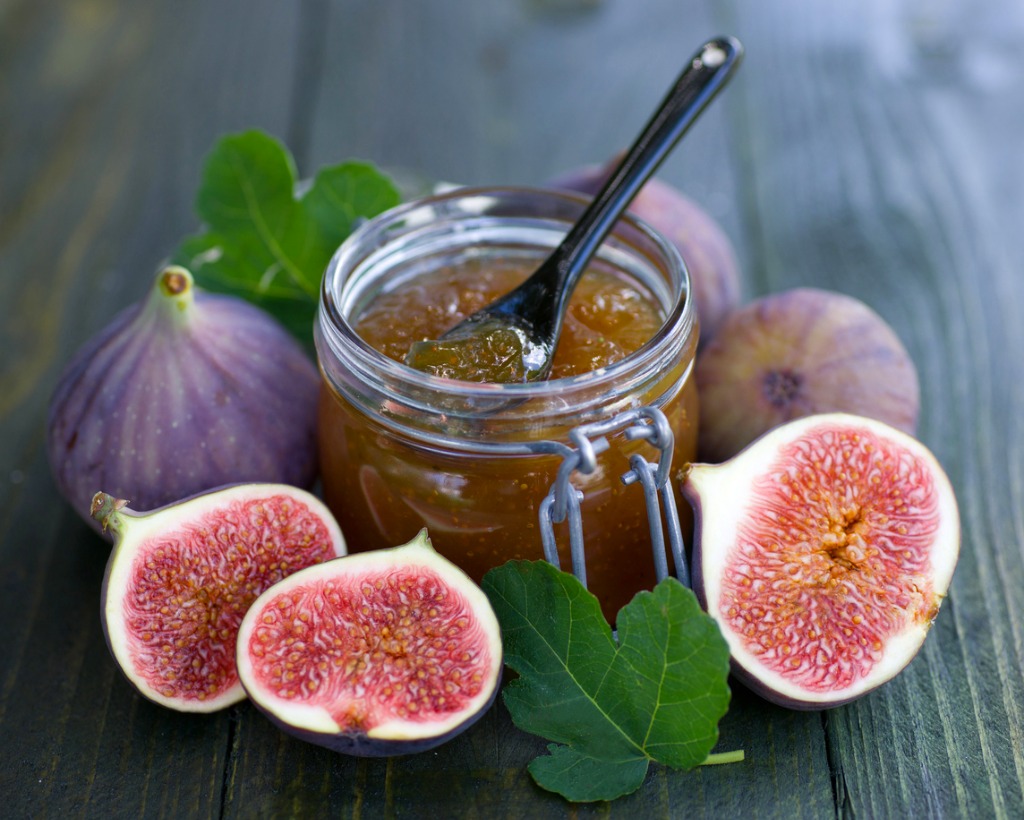
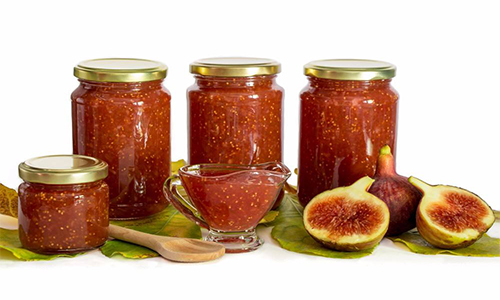
 Admin
Admin 